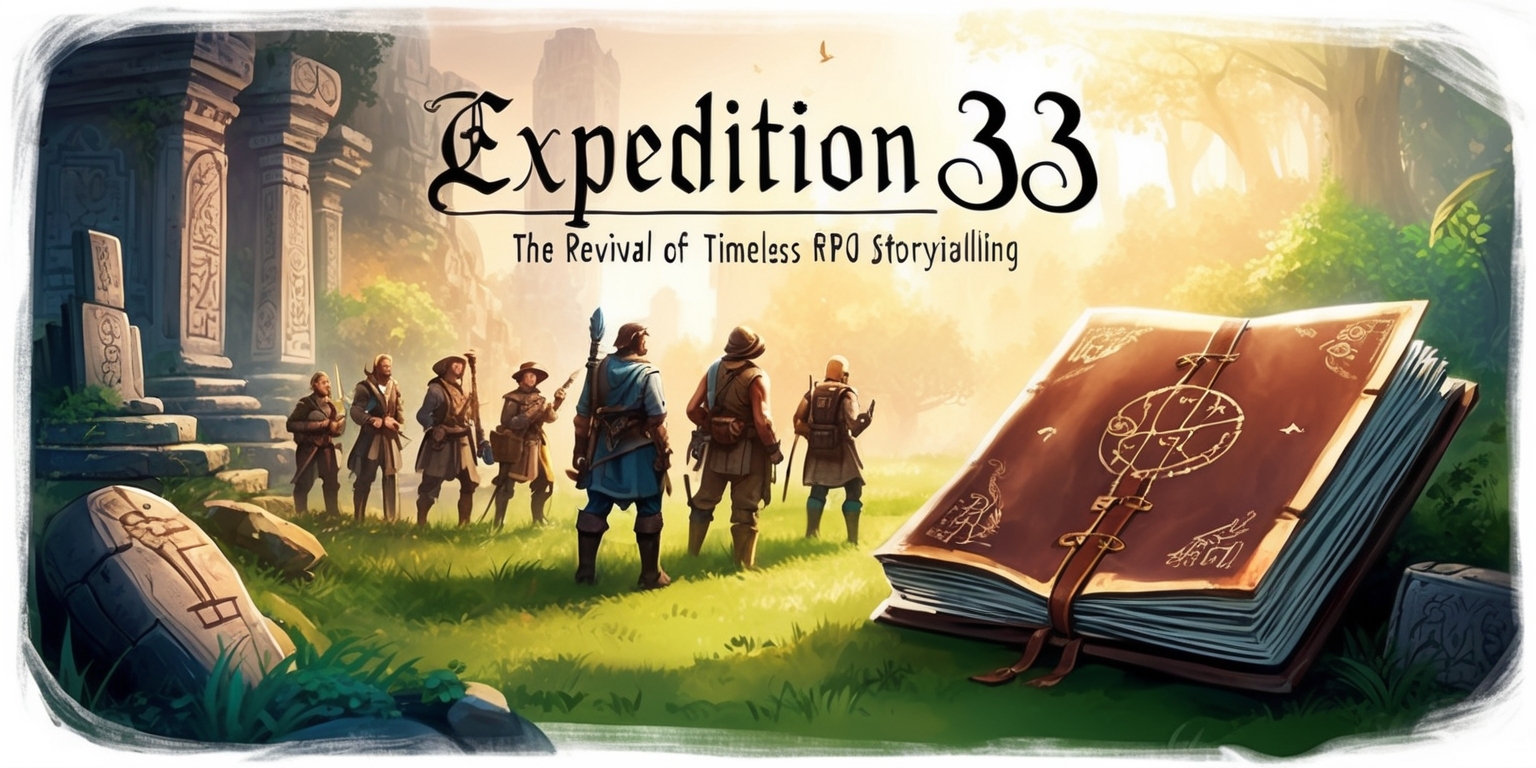- Kayla Cruz
- 23 Nov 2025

Clair Obscur: Expedition 33 and the Revival of Timeless RPG Storytelling
This article offers a comprehensive examination of Clair Obscur: Expedition 33, a title that has captured attention not only because of numerous nominations at a major awards event but also due to its recognition as a standout creation. The acclaim for the game comes after extensive praise in previous reviews and interviews with key team members, including the creative director and scriptwriter. The discussion focuses on the impact a past role-playing adventure had on the creative vision behind this modern classic.
The creative lead of the game shared insights during an interview with a respected video game publication, expressing admiration for a previous role-playing adventure that left a profound emotional mark on him. He recalled the experience of playing a turn-based RPG that featured realistic visuals and explored weighty themes with sensitivity. The memorable experience, built around a narrative and mechanics that resonated deeply, is regarded as a turning point in his personal engagement with role-playing games.
For those unfamiliar with the earlier title, this influential Japanese role-playing game was developed by a legendary figure renowned for establishing a famous franchise. Departing from major industry players to work exclusively with a prominent console manufacturer, the project also helped shift regional market loyalties for a time. The game shares similarities with Clair Obscur: Expedition 33 in that it employs turn-based combat integrating timing and strategy, realistic character representations, and visually convincing graphics—a format that continues to appeal to many enthusiasts.
The creative director continued by clarifying that… this influential game earned a dedicated following despite its limited accessibility. It reached only a niche audience due to its platform exclusivity, and while critics at the time dismissed it as outdated, those who experienced it developed a strong attachment. He maintained that the reviews were unbalanced, as many games not embracing open-world exploration were quickly labeled without consideration of their narrative and mechanical depth.
- The classic remains playable thanks to compatibility updates on modern systems.
- A palpable feeling of remorse surrounds the absence of a sequel despite its strong fan base.
- The game's design—a straightforward progression combined with a detailed map, compelling storyline, and memorable soundtrack—is celebrated as exemplary.
Ultimately, the discussion invites reflection on the enduring appeal of finely crafted role-playing games. With impressive graphics, engaging turn-based encounters that incorporate timing elements, and a narrative structure that leans toward a more linear progression, titles like these continue to foster meaningful experiences for players. The questioning tone encourages readers to consider their own appreciation for games that combine thoughtful design with immersive storytelling.
Leave a comment
Your comment is awaiting moderation. We save your draft here
0 Comments